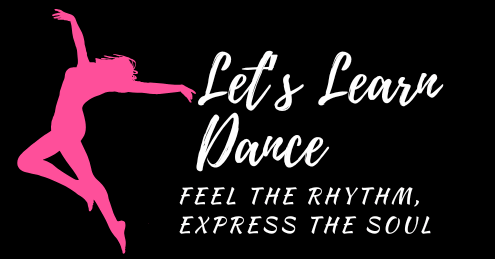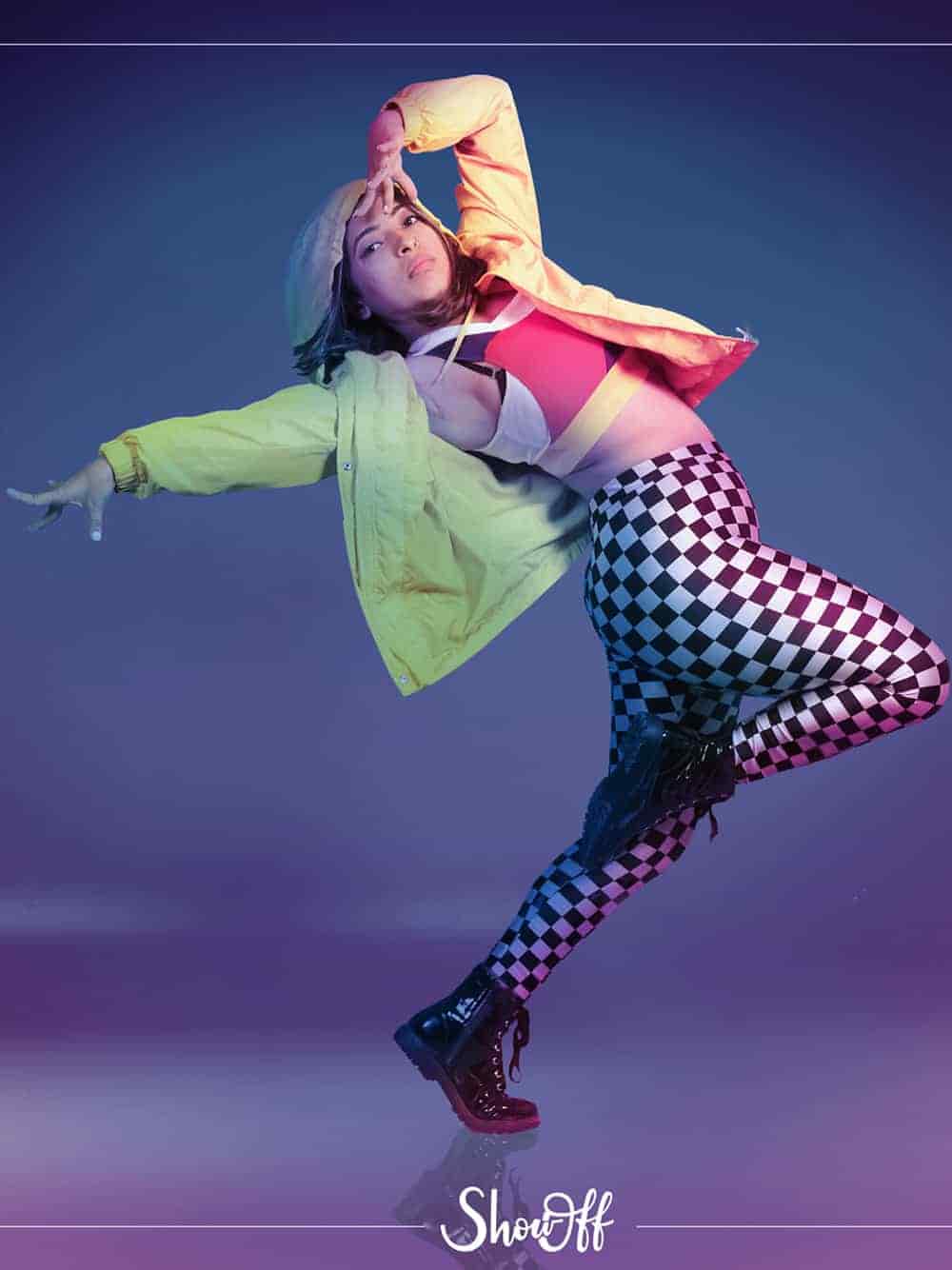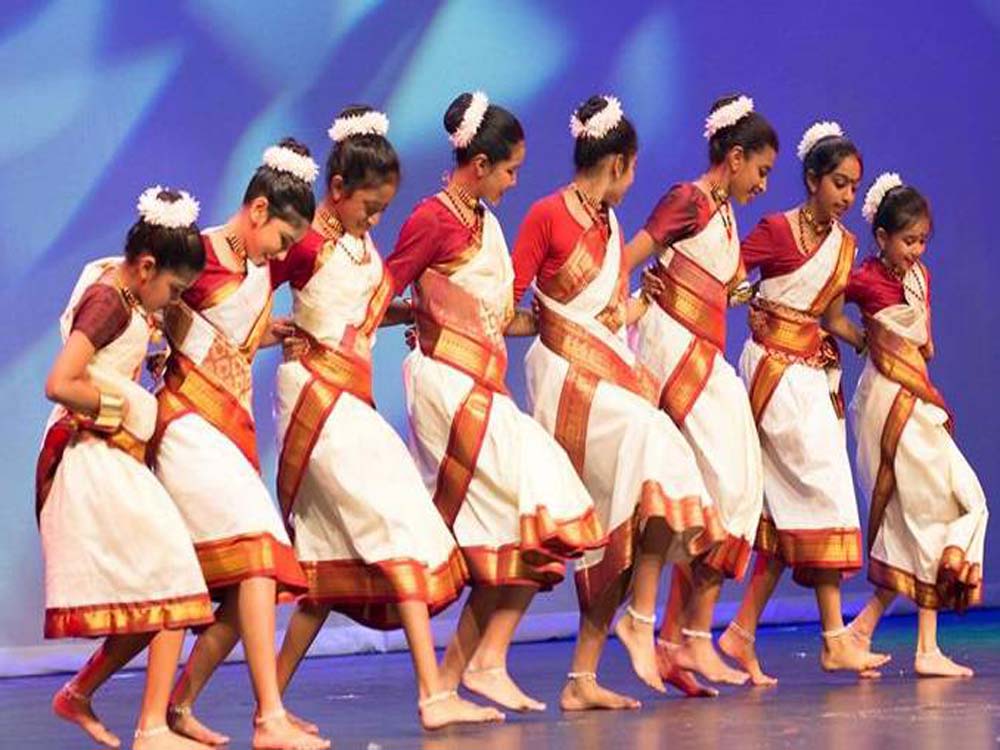
Hip Hop Dance: Unveiling its Roots, Essence and the Top 5 Iconic Styles that Shaped the Culture
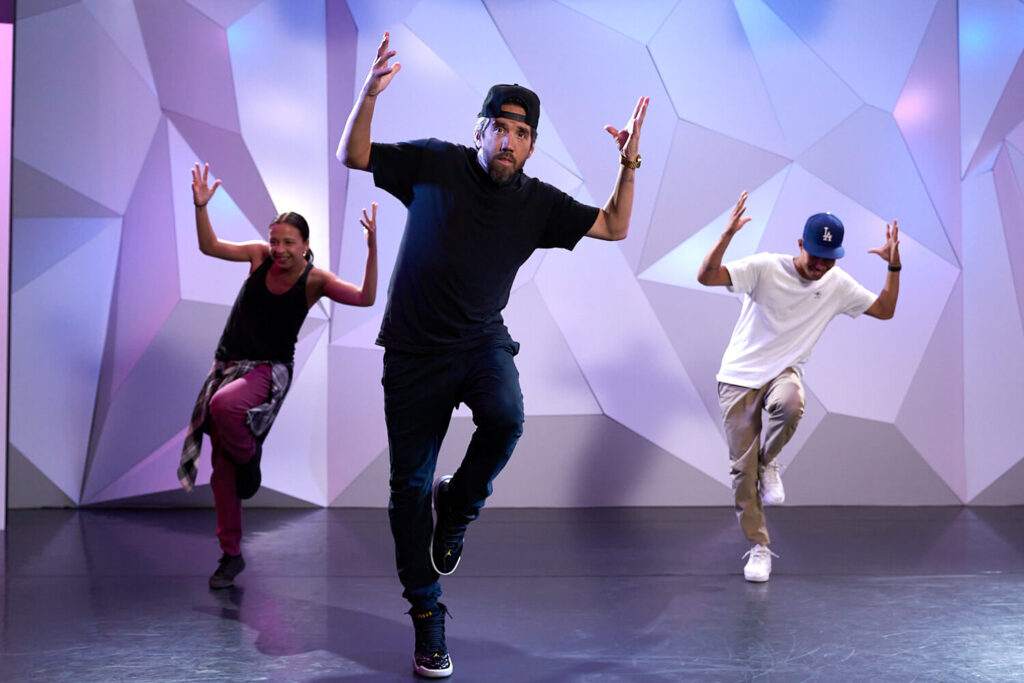
What is the meaning of Hip-Hop Dance?
The most popular dance style known as hip hop originated in the United States in the 1970. Hip-Hop dance is essentially famous between the African-American and Latino communities in the Bronx, New York City. Hip-Hop dance is an important part of hip-hop culture, which inspires graffiti art, rap music, and DJing. Hip-Hop dance produces originality, emotional expression, and the freedom to move without boundaries. In comparison to traditional dance styles that stick for strict regulations and techniques. Hip-Hop dance is particularly a celebration of culture and creativity. Hip-hop dance originated in an unaffected manner such as community centers, block parties, and the streets. Hip-Hop is not just the dance, it’s the foundation from which many global trends have leap. And the other important and beneficial thing about hip-hop dance is that hip-hop dance style is constantly progressing and moving ahead in this world.
Today, Hip-Hop dance is taught in workshops, schools, and studios. Hip-Hop dance has a positive style and hip-hop dance gives importance to personal feelings. This is making hip-hop dance a popular choice for both unprofessional and professional dancers. Hip-Hop dance continues to develop as new influencers, and styles are originated. But its fundamental principles of pure expression, creativity, and cultural pride had not transformed.
What is the history of Hip-Hop Dance?
Hip-Hop dance stands as the most celebrated street dance style across the world. Hip-Hop dance developed in the early 1970 in the Bronx, New York City. Hip-hop dance covered the major four elements: DJing, MCing, graffiti art and breakdancing. Hip-Hop dance was developed from the streets, block parties, and underground clubs.
Breaking, often referred to by the term breakdancing. Breakdancing stands as the basis and heartbeat of hip-hop dance culture, representing its original and most iconic styles. Flexible actions such as toprock, downrock, power moves and freezes were a component of breaking’s growth in the mid 1970s. Breaking, which was formed by funk dance, martial arts, and gymnastics. This was generally done at DJ-led parties where dancers switched among the dance competitions and dance circles.
5 Types of Hip-Hop Dance
You have heard of many dance styles but do you know that under hip-hop dance many dance styles came. Here we are going to tell the different but popular type of dance style that you have never heard are as:
- Breaking Dance
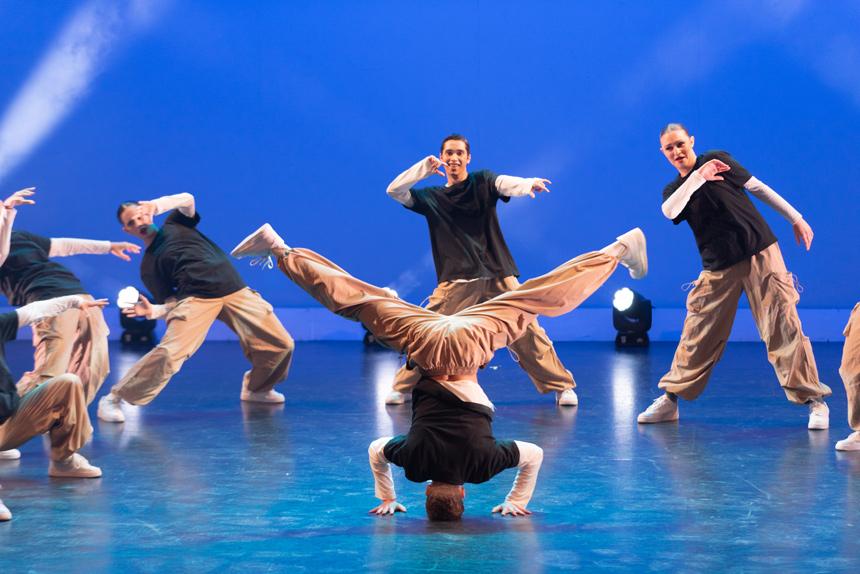
The most popular hip-hop dance style is the Breaking Dance. Breaking, popularly known as breakdancing or by its street-rooted names b-boying and b-girling, is a dynamic and expressive dance form born from hip-hop dance. This is the most graceful and colorful style of street dancing that began in the Bronx, New York City in the early 1970s. Started by African-American and Latino youth as a way of personal feelings through movement. Hip-hop dance stands as one of the most innovative and authentic expressions of hip-hop culture. Along with the graffiti art, MCing, and DJing breaking fastly which developed as a most difficult part of hip-hop culture.
- Popping
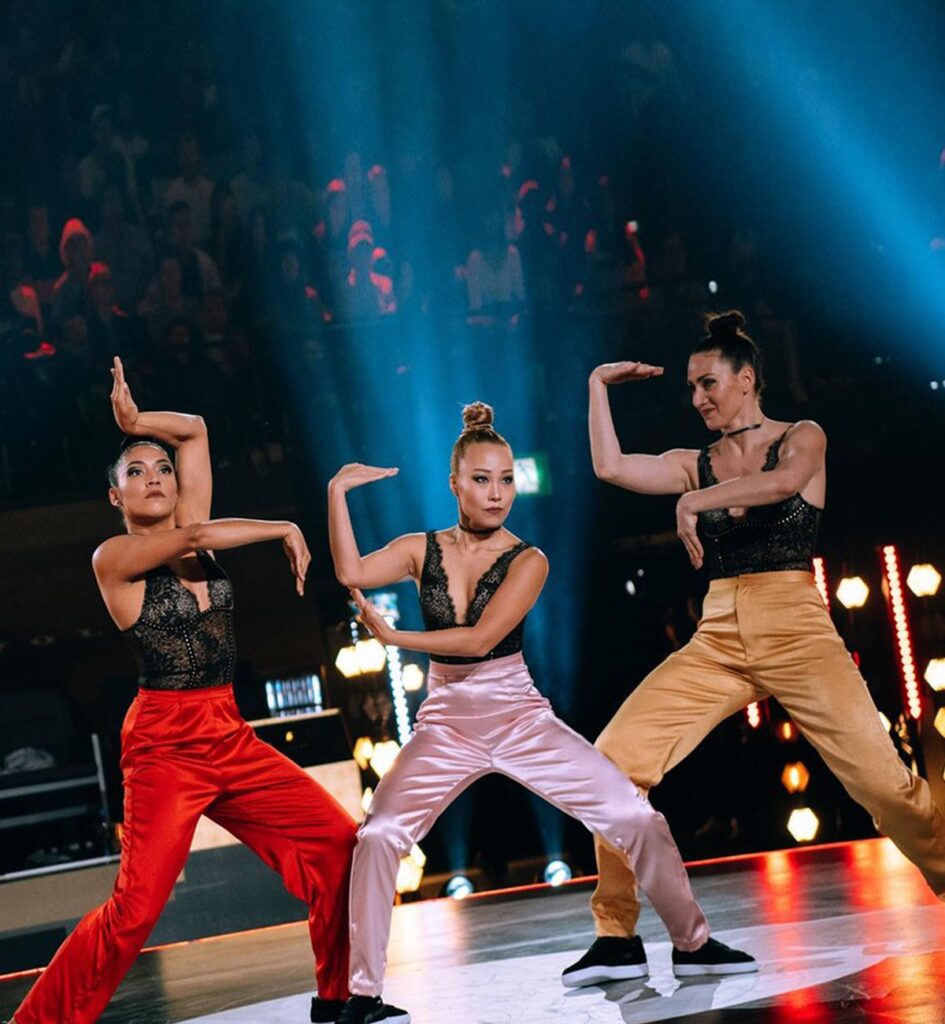
Popping stands out as a unique and stylish variation within the dynamic world of hip-hop dance style. Among the street dance styles, popping is celebrated for its sharp, rhythmic movements. Popping started its beginning in Fresno, California. Popping developed in the late 1960s and early 1970s. Sam Solomon, often referred to as Boogaloo Sam who produced it. He was to start the famous dance group the Electric Boogaloos. Popping, popular for its uniqueness, jerky, and robotic movement style. Popping is a way of rapidly relaxing the muscles. The dance encounters a very pleasing and rhythmic feel due to these pops being responded with the beats and rhythms of the music. In general carried out continuously the popping movement provides the feeling that the dancer’s body is moving in accordance with every accent or beat in the music.
- Locking

The next elegant dance performance of the hip-hop dance style is known as Locking. Locking, an energetic and iconic street dance style, first developed in Los Angeles, California, during the late 1960s and early 1970s, captivating the audiences with its funky moves and sudden pauses. Don Campbell, the legendary dancer, developed the Locking dance style, originally popular as “Campbellocking” in his honor. He created hip-hop dance when he unintentionally involved a locking movement in his dance. As he discovered that it is hard to perform a few steps smoothly. The unique pause and play actions became the foundation of the modern locking dance. Sudden, unexpected pauses, or locks between immediate, fluid actions are what established locking. Dancers simply freeze or retain a position prior to moving quickly. These locks usually create the sense of start and stop motion by linking with the beat or rhythm of the music. This style differentiates locking from other hip-hop or funk-based dances by providing it a very energetic and playful feel.
- Krumping
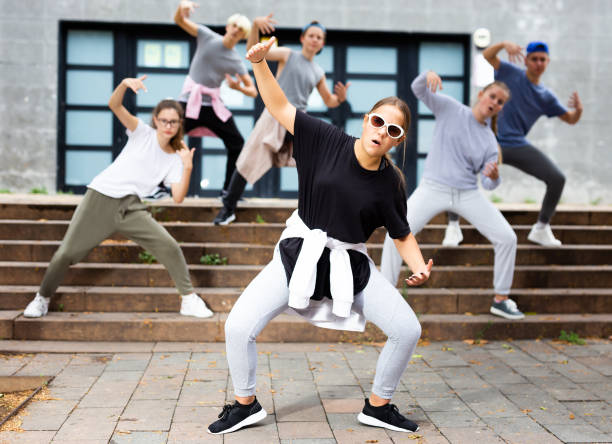
Another iconic and high-energy form of hip-hop dance is Krumping, known for its raw expression and powerful movements. The street dance style popular as Krumping which is developed in South Central Los Angeles, California. Krumping was developed in the early 2000 which is extremely expressive and changing. Overstated, strong actions such as stomping, chest pops, arm swings, jabs and expressive facial glances have its most unique features. Krumping is about pure feelings, excitement, and personal emotion. In comparison to other hip-hop dance forms that prefer clean lines or technical skill.
Two dancers Tight Eyez and Big Mijo founded Krumping with the objective to offer young people in difficult urban areas an encouraging and creative outlet. Their neighbourhoods were filled with social tension, poverty, and gang violence at the time. Krumping developed as a non-violent, artistic connection for feelings like joy, pain, anger, and spiritual energy.
- Tutting
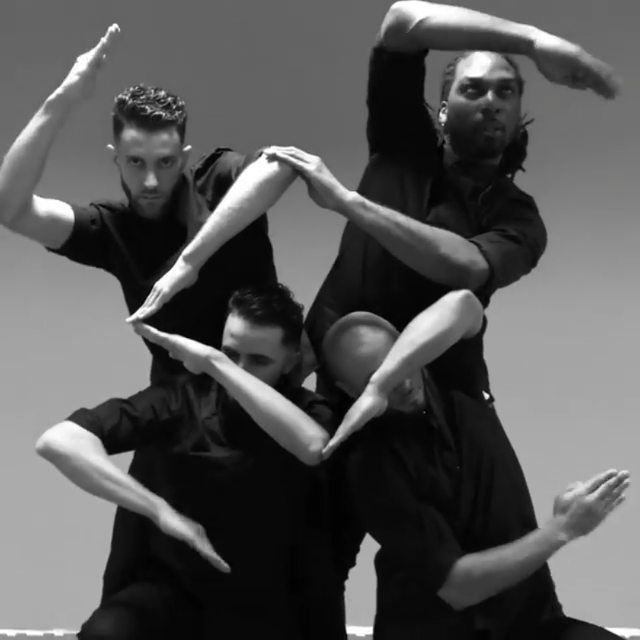
The other type of hip-hop dance style which is highly popular is known as Tutting. The objective of tutting, a highly stylized and complicated form of street dance, is to produce geometric shapes and movements, especially with the hands, fingers, and arms. Inspired by ancient Egyptian art, particularly the angular poses observed in Egyptian symbols. This consistently refers to hip-hop and popping dance styles. The term tutting finds its roots in the iconic Egyptian pharaoh “King Tutankhamun” whose ancient art and angular postures inspired the dance’s signature geometric movements and sharp poses.
